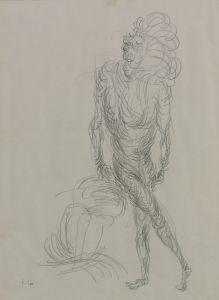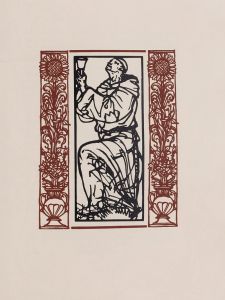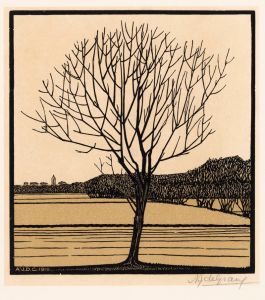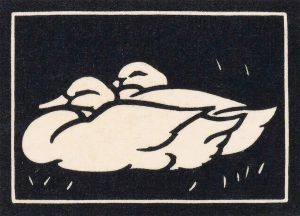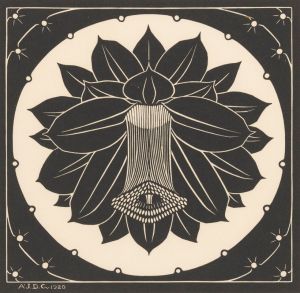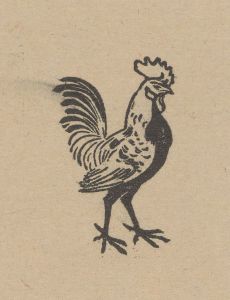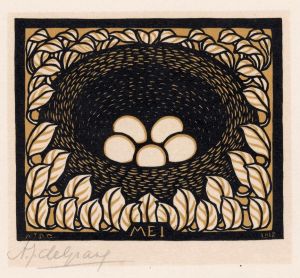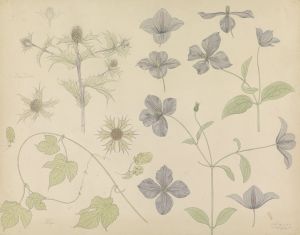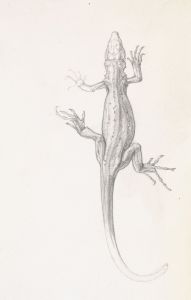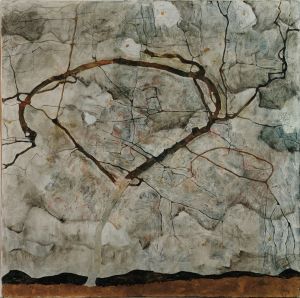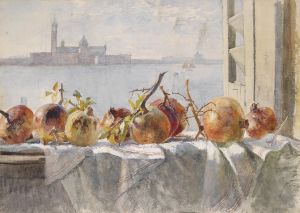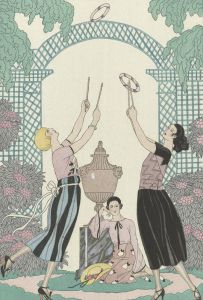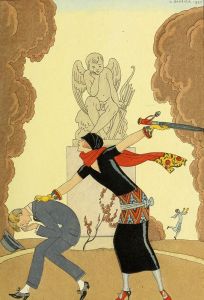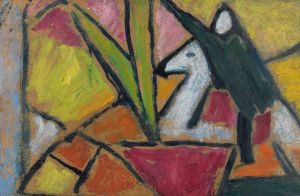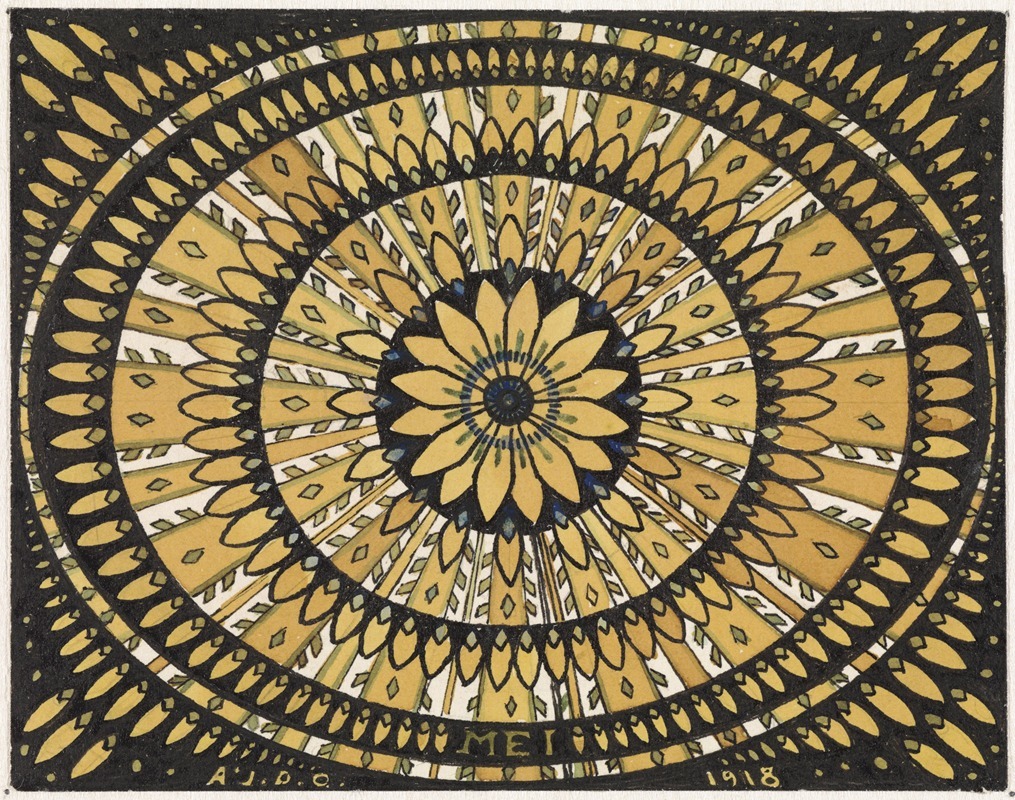
De maand Mei; rozet met gestileerde bladen
A hand-painted replica of Julie de Graag’s masterpiece De maand Mei; rozet met gestileerde bladen, meticulously crafted by professional artists to capture the true essence of the original. Each piece is created with museum-quality canvas and rare mineral pigments, carefully painted by experienced artists with delicate brushstrokes and rich, layered colors to perfectly recreate the texture of the original artwork. Unlike machine-printed reproductions, this hand-painted version brings the painting to life, infused with the artist’s emotions and skill in every stroke. Whether for personal collection or home decoration, it instantly elevates the artistic atmosphere of any space.
Julie de Graag was a Dutch artist known for her distinctive style that combined elements of Art Nouveau and Symbolism. She was active during the late 19th and early 20th centuries, a period when many artists were exploring new forms and techniques. De Graag's work often featured intricate patterns and a strong emphasis on line, reflecting her background in graphic design and printmaking.
One of her notable works is "De maand Mei; rozet met gestileerde bladen" (The Month of May; Rosette with Stylized Leaves). This piece exemplifies her skill in creating detailed, decorative compositions that are both visually striking and thematically rich. The artwork is a representation of the month of May, a time traditionally associated with spring and renewal. De Graag's choice of subject matter reflects a common theme in her work: the exploration of nature and its cycles.
The composition of "De maand Mei; rozet met gestileerde bladen" is centered around a rosette, a circular motif that is often used in art and architecture to symbolize eternity and the cyclical nature of life. The rosette in this piece is adorned with stylized leaves, which are rendered with precision and elegance. The leaves are not depicted in a realistic manner; instead, they are abstracted and arranged in a way that emphasizes their form and rhythm. This approach is characteristic of Art Nouveau, which often sought to harmonize natural forms with decorative design.
De Graag's use of line in this work is particularly noteworthy. The lines are fluid and organic, yet they maintain a sense of structure and order. This balance between freedom and control is a hallmark of her style and contributes to the overall harmony of the piece. The lines guide the viewer's eye around the composition, creating a sense of movement and vitality that is fitting for a depiction of spring.
The color palette of "De maand Mei; rozet met gestileerde bladen" is subtle and restrained, allowing the intricate line work to take center stage. De Graag often favored muted tones in her work, which lends her pieces a timeless quality. The choice of colors in this piece enhances the natural theme, evoking the gentle hues of spring foliage.
Julie de Graag's work, including "De maand Mei; rozet met gestileerde bladen," is an example of how artists of her time were pushing the boundaries of traditional art forms. By blending elements of Art Nouveau and Symbolism, she created works that were both innovative and deeply rooted in the natural world. Her attention to detail and her ability to convey complex themes through simple forms have earned her a place among the notable artists of her era.
Today, De Graag's work is appreciated for its aesthetic beauty and its contribution to the development of modern art. Her pieces are held in various collections and continue to be studied for their artistic and historical significance. "De maand Mei; rozet met gestileerde bladen" remains a testament to her skill and vision, capturing the essence of spring through a masterful blend of line, form, and color.





